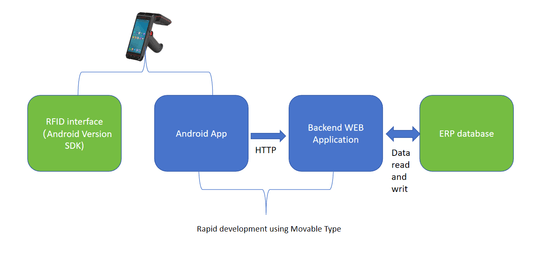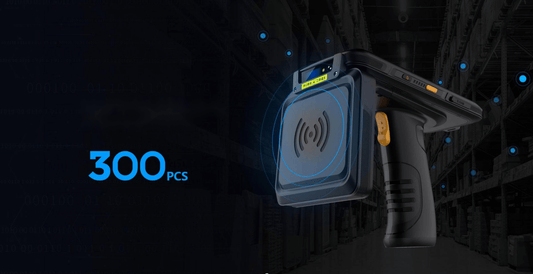How to Identify Live and Neutral Wires in Your Home: A Guide for Installing Smart Switches
How to Identify Live and Neutral Wires in Your Home: A Guide for Installing Smart Switches
Upgrading your home with smart switches is an excellent way to enhance convenience, energy efficiency, and security. However, before you dive into the installation process, it’s crucial to understand the basics of your home’s electrical wiring, particularly how to distinguish between live (hot) and neutral wires. Misidentifying these wires can lead to improper installation, electrical hazards, or even damage to your smart switch. In this blog, we’ll guide you through the process of identifying live and neutral wires and provide essential tips for safely installing smart switches.
-
Understanding Live and Neutral Wires
In most residential electrical systems, wires are color-coded to indicate their function. However, these color codes can vary depending on your location and the age of your home’s wiring. Here’s a general overview:
- Live Wire (Hot Wire):** This wire carries electrical current from the power source to your devices or appliances. In many countries, live wires are typically **black or red**, but they can also be brown or another color depending on regional standards.
- Neutral Wire:** The neutral wire completes the electrical circuit by returning current to the power source. It is usually **white or gray** in color.
- Ground Wire:** This wire provides a safe path for electrical currents in case of a fault. It is typically **green or bare copper**.
While color coding is a helpful guide, it’s not always reliable, especially in older homes where wiring standards may have changed over time. Therefore, it’s essential to verify the wires using proper tools and techniques.
---
How to Identify Live and Neutral Wires
1. Use a Voltage Tester**
A voltage tester is the safest and most accurate way to identify live and neutral wires. Here’s how to use it:
- Turn off the power to the circuit you’re working on at the main electrical panel.
- Remove the faceplate of the switch or outlet you’re inspecting.
- Carefully pull out the switch or outlet to expose the wires.
- Turn the power back on and use the voltage tester to check each wire. The live wire will show a voltage reading (usually 120V in the U.S.), while the neutral wire will show little to no voltage.
- Once you’ve identified the wires, turn off the power again before proceeding with any work.
2. Check the Wiring Configuration**
If you’re replacing an existing switch, you can often identify the live and neutral wires by observing how the old switch was wired:
- The live wire is typically connected to the terminal screw on the side of the switch.
- The neutral wire is usually connected to another wire with a wire nut or directly to the outlet or fixture.
3. Look for Markings or Labels
In some cases, wires may be labeled or marked with tape to indicate their function. For example, a black wire with white tape might indicate a switched live wire.
4. Consult a Wiring Diagram
If you’re unsure about the wiring in your home, consult a wiring diagram for your specific switch or outlet. Many smart switch manufacturers provide detailed installation guides that include wiring diagrams.
---
Important Notes for Installing Smart Switches
Once you’ve identified the live and neutral wires, you’re ready to install your smart switch. However, there are a few key considerations to keep in mind to ensure a safe and successful installation:
1. Turn Off the Power
Before working on any electrical wiring, always turn off the power to the circuit at the main electrical panel. Use a voltage tester to confirm that the power is off before touching any wires.
2. Check Compatibility
Not all smart switches are compatible with every type of wiring or lighting setup. For example:
- Some smart switches require a neutral wire, while others do not. Make sure your home’s wiring meets the requirements of the smart switch you’re installing.
- If you’re installing a dimmer switch, ensure that your light fixtures are compatible with dimming functionality.
3. Follow the Manufacturer’s Instructions
Each smart switch model may have specific installation requirements. Carefully read and follow the manufacturer’s instructions to avoid mistakes.
4. Use the Right Tools
You’ll need a few basic tools for the installation, including a screwdriver, wire stripper, voltage tester, and wire nuts. Using the right tools will make the process easier and safer.
5. Connect Wires Securely
When connecting wires, ensure that all connections are tight and secure. Loose connections can cause overheating or electrical arcing, which can be dangerous.
6. Test the Switch
After installing the smart switch, turn the power back on and test the switch to ensure it’s working correctly. If the switch doesn’t work, double-check your wiring and consult the manufacturer’s troubleshooting guide.
7. Consider Professional Help
If you’re uncomfortable working with electrical wiring or if your home’s wiring is outdated or complex, it’s best to hire a licensed electrician to install your smart switch. They can ensure the job is done safely and correctly.
---
Common Mistakes to Avoid
- Assuming Wire Colors Are Always Correct:** As mentioned earlier, wire colors can vary, so always verify the function of each wire with a voltage tester.
- Skipping the Voltage Tester:** Never assume the power is off without testing it. This is a critical safety step.
- Overloading the Circuit:** Ensure that the circuit you’re working on can handle the additional load of a smart switch, especially if it’s controlling multiple devices.
- Ignoring Grounding:** Always connect the ground wire to the smart switch if one is present. This provides an additional layer of safety.
---
Conclusion
Identifying live and neutral wires is a fundamental step in installing smart switches, and it’s essential for ensuring a safe and functional installation. By using a voltage tester, checking the wiring configuration, and following the manufacturer’s instructions, you can confidently upgrade your home with smart switches.
Remember, safety should always be your top priority when working with electricity. If you’re ever in doubt, don’t hesitate to seek professional assistance. With the right knowledge and precautions, you can enjoy the convenience and benefits of smart switches while keeping your home safe and secure. Happy wiring!
No comments











0 comments